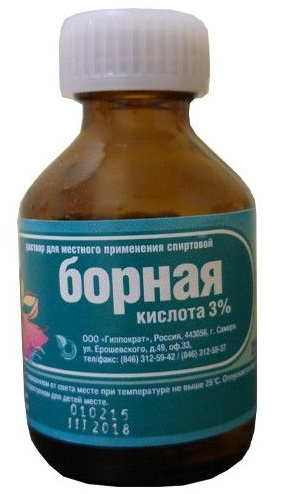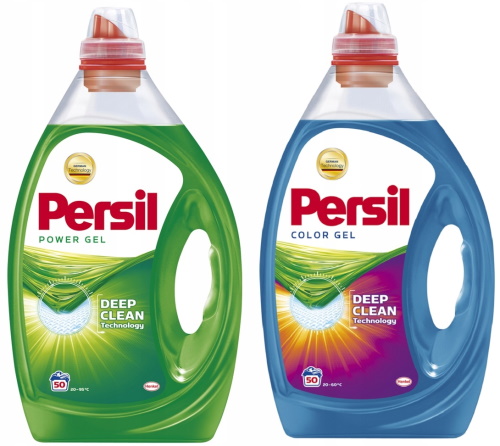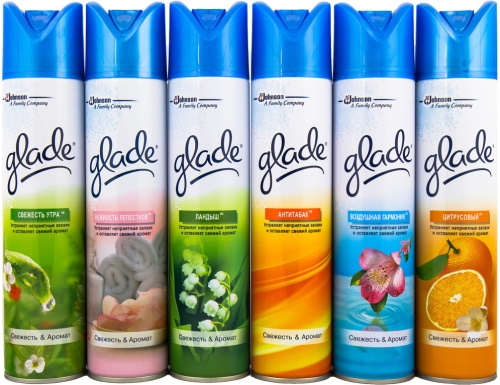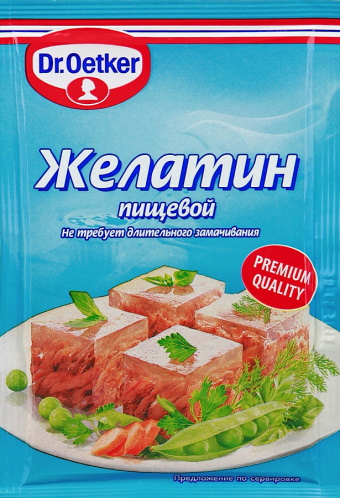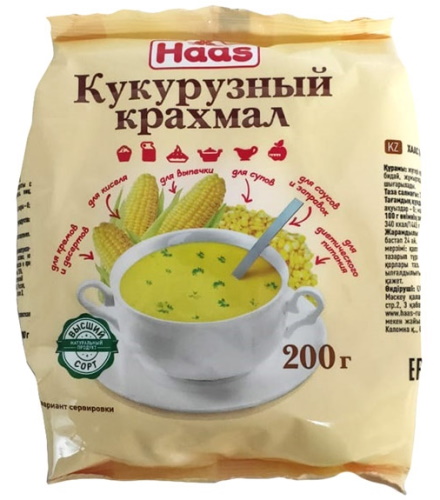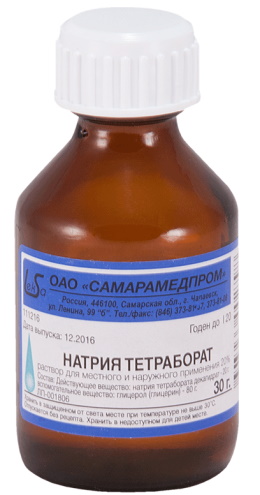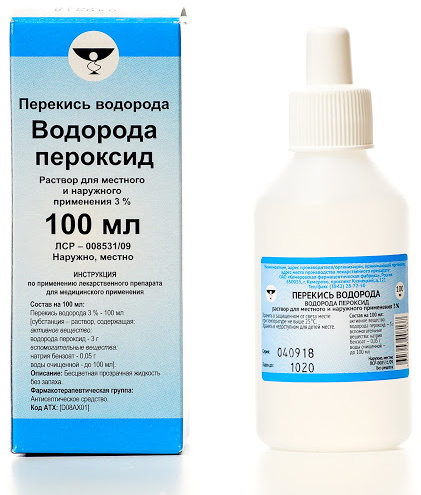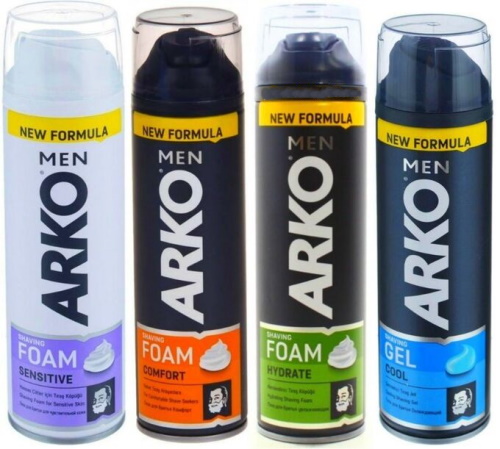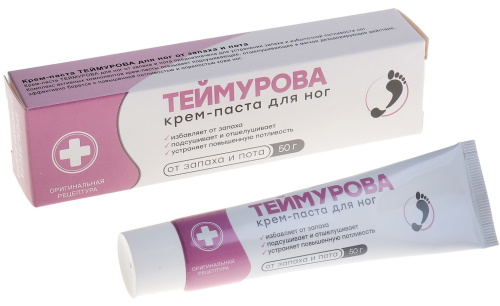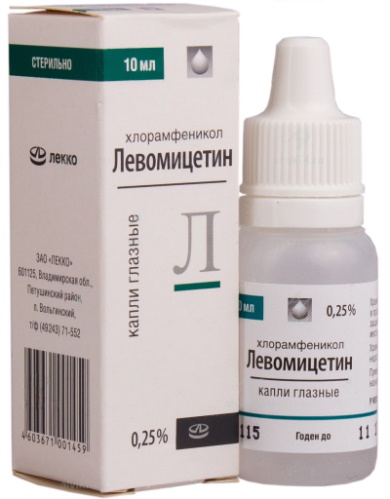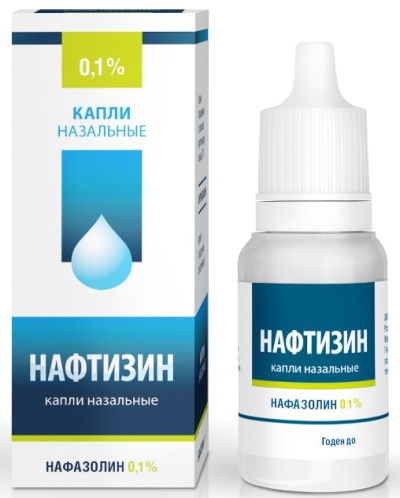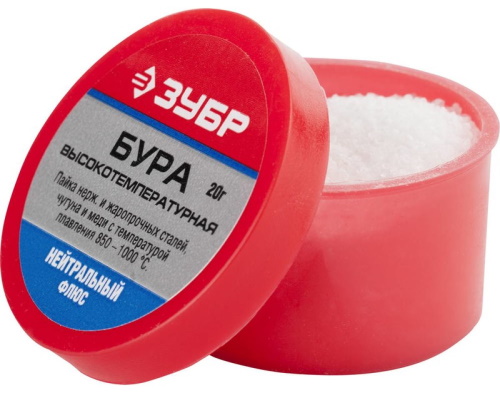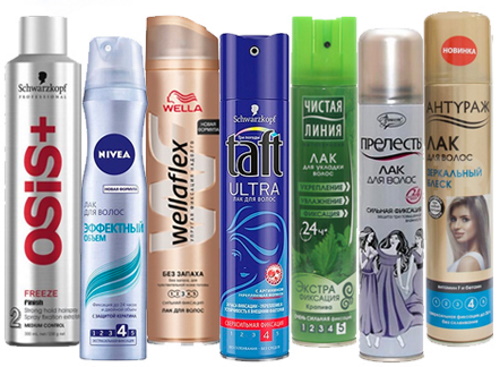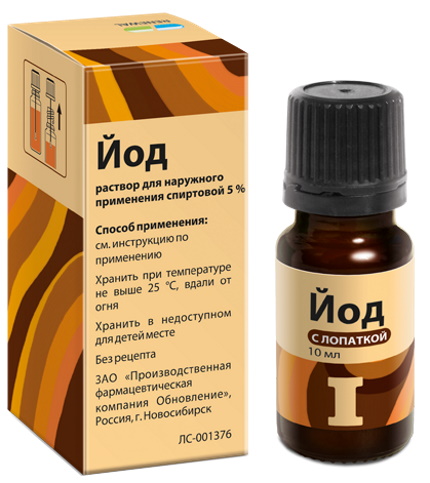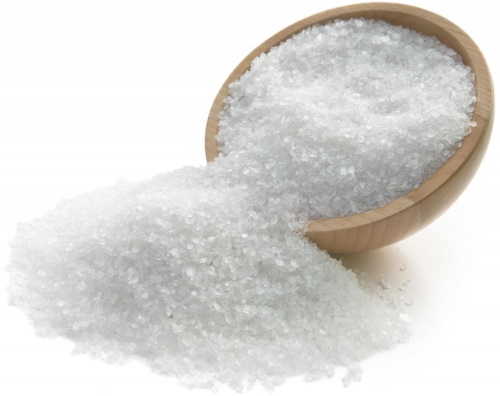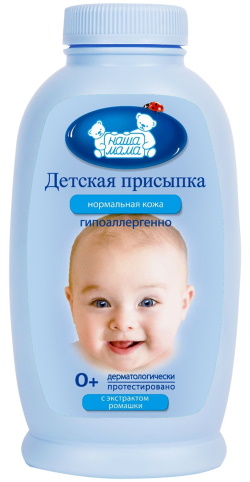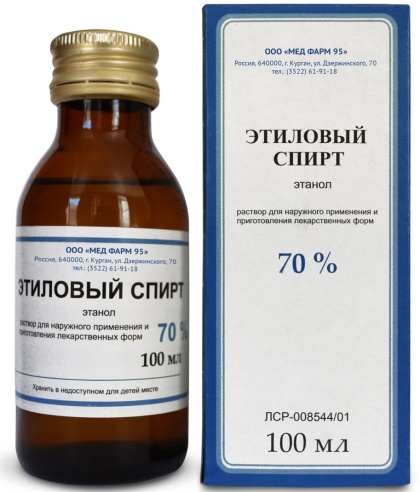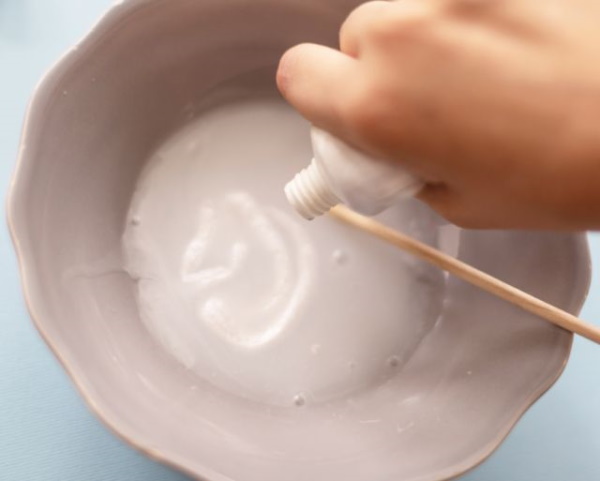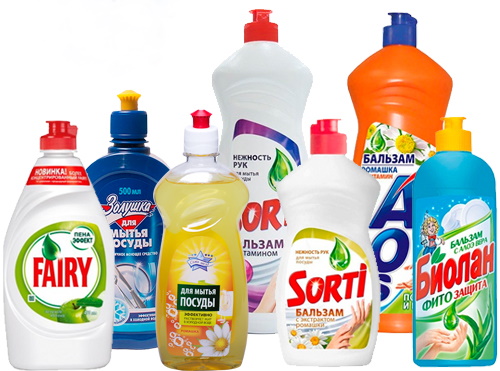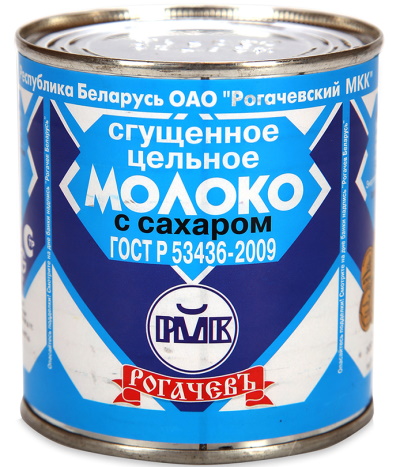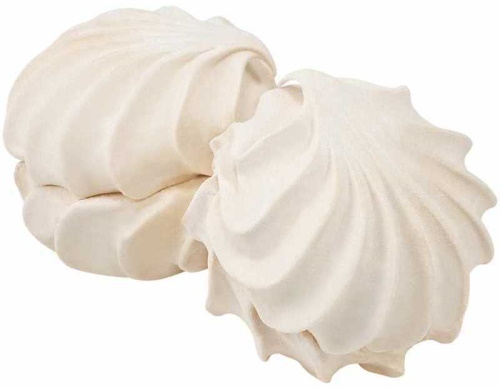Slimes, or as they are also called - "lizuns", are confidently winning more and more fans among children and adults involved in children's games. Jelly-like and viscous, soft as butter and elastic like a bouncy ball, airy and those that can be cut with a knife, slimes are made from a wide variety of materials.
And the main ingredient in the recipes is a thickener, which can also be quite diverse. For those who are keen on creating these toys, it is useful to know the list of thickeners, the properties and features of using each of them with a particular material, as well as the advantages and benefits of a particular slime recipe.
The role of thickener in slime
Thickener is a mandatory main ingredient for creating slime, without which it is impossible to make the right toy. The binder is responsible for the consistency of the slime, gives it the necessary density and the ability to stretch well.
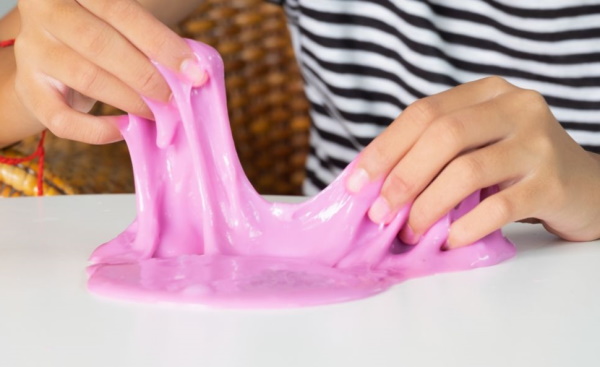
When mixing slime, both ready-made thickening compounds (activators) and improvised means that have the necessary properties are used. Medicines from the home medicine cabinet, household chemicals, some food products - all this can be used for experiments.
It is important to be careful when doing this – wear gloves, protect your eyes, and for children, work only under adult supervision.
Slime thickeners, the list of which is always indicated in the recipe, are not universal. Each of them has its own positive and negative features and characteristics.
Pros and cons of activator-thickener for slime making
| Activator-thickener | Pros | Cons |
| Boric acid
|
|
|
|
Washing gel (and washing)
|
|
|
|
Air freshener
|
|
|
| Baking soda
|
|
|
| Gelatin
|
|
|
| Cornstarch
|
|
|
| Sodium tetraborate
|
|
|
| Hydrogen peroxide
|
|
|
| Arco shaving foam or gel
|
|
|
| Contact lens fluid
|
|
|
| Teymur paste (spray, liquid soap or cream)
|
|
|
| Eye drops Levomycetin
|
|
|
| Nasal drops "Naphthyzinum"
|
|
|
| Borax (Tinkal, Borax)
|
|
|
| Hairspray
|
|
|
| Iodine
|
|
|
| Salt
|
|
|
| Sugar, powdered sugar
|
|
|
| Baby powder
|
|
|
| Silicate liquid glue
|
|
|
| Alcohol
|
|
|
| Nail polish
|
|
|
| Foot cream
(for sweaty feet)
|
|
|
| Flour and hand cream
|
|
|
| Dishwashing liquid
|
|
|
| Condensed milk
|
|
|
| Marshmallow
|
|
|
Slime thickeners, the list of which is growing with each new attempt to create an interesting slime, can be interchangeable if they have similar properties or components in their composition.
So, boric acid is replaced with Teymur cream/spray, starch – with flour or baby powder, air freshener – with hairspray. Much depends on the proportions of the substances on the basis of which the slime is created.
Slime Making Methods
There are as many recipes and methods for making slime as there are slimers in the world. At home, the following proven improvised substances are most often used.
Using PVA glue
Slimes made with PVA glue are very popular. However, not every PVA glue is suitable for their production. The glue should be thick, have a good shelf life, and ideally, just bought. The best ones are PVA-M from Luch and PVA Stolyar Universal from Moment.
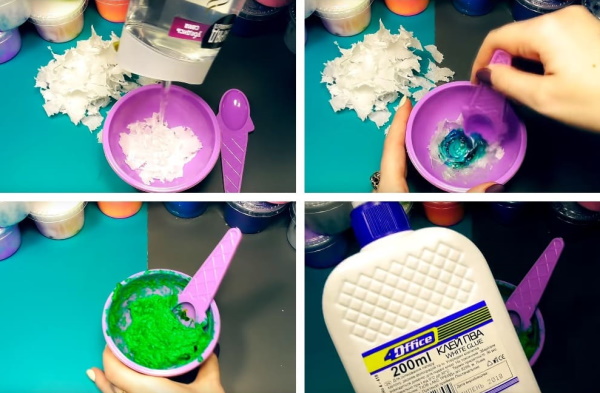
Slime thickeners, the list of which is given above, are mixed with PVA glue in certain proportions, strictly according to the recipe. This way you can make any kind of anti-stress toy - from handgum to fluffy.
Exposure to cold
To get a quality toy, in some cases it is necessary to keep the slime in the refrigerator. At low temperatures, the slime will ripen in 30-60 minutes and acquire the desired consistency.
Slimes based on glue, creams, detergents, and plasticine respond well to the effects of cold. The main condition is that the mass should be in a tightly closed plastic or glass container and not come into contact with food.
Using a thickener
All methods of making slime using a thickener are based on the formula "adhesive substance + thickener (activator)". It is important to remember that the products presented in the list give the toy different properties. Some make it soft as butter, others - airy and crispy, others - elastic and resilient.
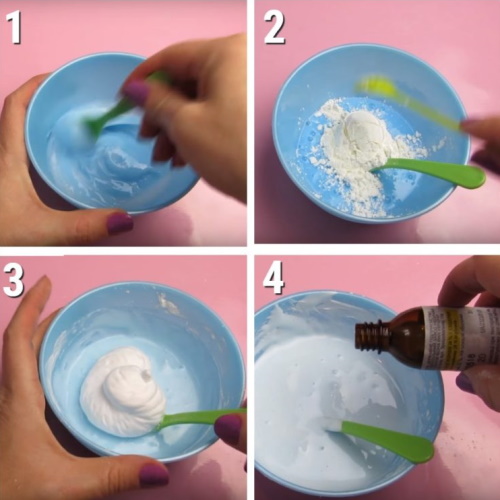
The texture of the resulting toy and its durability also depend on the activator.
During the slime preparation process, the thickener is gradually added to the main components, stirring thoroughly each time. The main thing is not to overdo it, otherwise the elasticity of the “hand gum” will be lost.
Top 3 Slime Making Recipes
Slime without PVA glue with sodium tetraborate
By following the recipe exactly, you can get a beautiful, high-quality toy with a pleasant texture. This slime stretches well and makes a crunching sound when pressed.
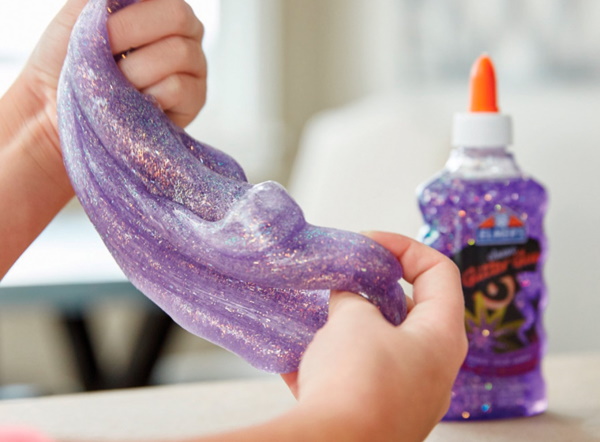
You will need:
- shower gel – 6-7 pumps of the dispenser
- toothpaste – 1 tsp.
- water – 2 tsp.
- sodium tetraborate
- glitter, dye – for decoration.
Additionally: a container with a tight-fitting lid (plastic or glass container), a deep plate, a spoon/stirring stick.
Preparation procedure:
- Pour 1 teaspoon of water into a container. Add shower gel and any toothpaste.
- Close the lid and shake the contents of the container well for about 10 minutes.
- Transfer the resulting foam to a plate, add glitter and color the mixture if desired. Mix thoroughly.
- Add a few drops of sodium tetraborate (thickener). Mix until the desired consistency is reached, for 20-30 minutes.
The Easiest Slime Recipe for Beginners
Slime thickeners, the list of which is given above, make it possible to make a slime using what is at hand, without purchasing special components additionally. The first slime made by hand in life can pleasantly surprise a child. The ingredients of the recipe are simple, accessible and inexpensive, and the result should be amazing.
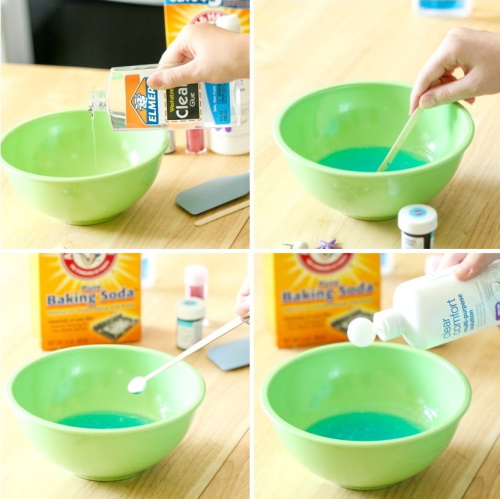
You will need:
- Water – 2 tsp.
- shampoo or dishwashing gel – 1 tsp.
- Hand cream – 0.5 tsp.
- PVA glue – 5 tsp.
- Soda – 0.5 tsp.
- Drops "Naphthyzinum"
- Acrylic paints or gouache
Additionally: deep container, spoon/stirring stick.
Preparation procedure:
- In a deep bowl, mix water and shampoo, beat until foam appears.
- Add cream, stir. It is not necessary to achieve uniformity.
- Pour in water and glue, stir well so that the glue is evenly distributed throughout the mass.
- If desired, tint the future slime with a couple drops of paint of the desired color.
- Add a few drops of Naphthyzinum and stir until the mixture begins to come away from the edges of the container.
- As soon as the slime becomes dense and elastic, the toy is ready.
The resulting slime stretches well, is kneaded by hands, and can be used to make “bubbles.” It can be stored for up to 10 days.
Super Slime Made From Glue And Toothpaste
Very large, very crispy, airy, loudly clicking and stretching into a film slime. The recipe has quite a lot of ingredients, but they are all necessary. It is not recommended to replace them or remove any one.

You will need:
- Silicate glue – 200 ml.
- Dye (gouache or special food coloring)
- Toothpaste – 0.5 tsp.
- Shaving gel – 20 gr.
- Sodium tetraborate – 2-3 drops.
Additionally: a large deep container, a spatula for stirring.
Preparation procedure:
- Pour the glue into the container and give it the desired color by adding the dye you have at home.
- Add toothpaste, stir thoroughly until completely dissolved. The mixture should become lighter.
- Pour in the shaving gel and beat the mixture well until fluffy.
- Add sodium tetraborate. Stir with a spatula.
- When the slime begins to thicken and it becomes difficult to stir with a spatula, continue kneading the mass with your hands until the desired consistency is reached.
What to do if the mixture does not thicken?
It happens that even when using activators, the slime mass remains semi-liquid and unsuitable for play.
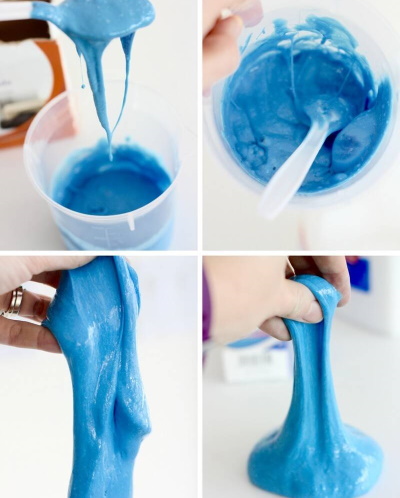
There may be several reasons for this, most often these are:
- violation of proportions and cooking technology;
- use of thickeners and bases with expired shelf life;
- the mass is poorly mixed;
- the slime didn't have enough time to "set";
- Too watery components were used.
Depending on the reason why the slime doesn't work, There are several ways to achieve the desired consistency:
- check if everything is done strictly according to the recipe. If some ingredient was forgotten, add it and knead the slime well again;
- add a little more activator. Mix in portions, otherwise the slime may completely float;
- if the activator does not help, check the expiration date of the glue and other ingredients in the recipe. Buy new ingredients if the existing ones are expired;
- Place the mixture in the refrigerator for half an hour to an hour, away from food;
- continue to actively knead the slime for another 10-15 minutes.
The most important components of slime – thickeners – are not necessarily expensive and hard to find. A whole list of products suitable for this can be easily found at home. Experimenting with them, you can make slimes with different properties and textures with your own hands. And by showing creativity in decorating them – you can collect your own designer collection of these toys.
Video about thickeners for slime
How to thicken slime without sodium tetraborate:

